Smart manufacturing is an effective way to achieve the digital transformation of traditional manufacturing. With the emergence of new technologies such as 3D printing and artificial intelligence. Smart manufacturing technology has become crucial. Smart manufacturing processes provide better connectivity and communication for these industrial systems. To better understand the industry, you need to know what is intelligent manufacturing? How it differs from smart industry and traditional manufacturing?
Smart Manufacturing Definition
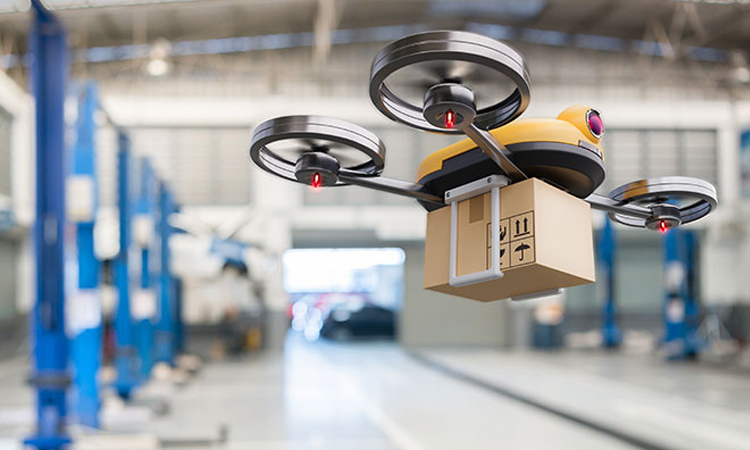
The term smart manufacturing emerged in the mid-2000s. It has a broad concept. We often talk about the concept of “digital manufacturing” under the label of intelligent manufacturing. Others will explore the concept of “networked manufacturing.” Smart manufacturing technology is the result of various technologies and solutions. Each technology and solution has a specific role in the production process. It includes having a supply chain, production, logistics and distribution, sales, and inventory. We can conclude from the White House Critical and Emerging Technologies Report. Intelligent manufacturing is a national priority. It is a powerful automated system that integrates the physical, digital and biological worlds. Smart manufacturing can help you stay at the forefront of modern manufacturing technology. It helps optimize our entire manufacturing process, which effectively increases overall profitability.
Many technologies can help us achieve smart manufacturing. Some of them are:
- Artificial Intelligence (AI): It is based on the vast data manufacturing companies collect. Thus it can realize automatic decision-making function. AI can help people analyze all the data collected. They also make more informed decisions for us based on the information that is input.
- Automation: These automated processes help streamline workflows. It puts the workflow in the hands of machines and makes it faster and more accurate. Then, we can have more time to focus on tasks requiring more critical thinking.
- Drones: These drones help reduce the number of workers needed to perform certain simple tasks. They have a positive effect on increasing productivity. You can use it for tasks such as moving vehicles around the facility.
- Blockchain: It has properties such as immutability, traceability, and disintermediation. It can provide a fast and efficient way to record and store your company’s data. It means you don’t have to store large amounts of data in the field, also improving the overall security of your data.
- Edge Computing: It helps you transform machine-generated data into actionable data. You can derive insights from this data to improve decision-making. It would be best if you connected it to the network to achieve this. For example, alarms or temperature sensors are connected to the network. Their data analysis happens in a network-connected data source.
- Predictive Analytics: You can find problematic factors in the data usage they collect from data sources. You will be able to predict problems early and improve predictive methods.
- Digital Twins: They help you model your company’s processes, networks, and machines. You can use them to predict problems before they occur, increasing efficiency and productivity.
Companies can reap the benefits by continuously investing and exploring the above technologies. If we look carefully at these enablers, we will find a fact. They either belong to generating data or receiving data. Then again, both exist there. Data analytics will help make the generation process more efficient, transparent, and flexible.
How Does Smart Manufacturing Use Data?
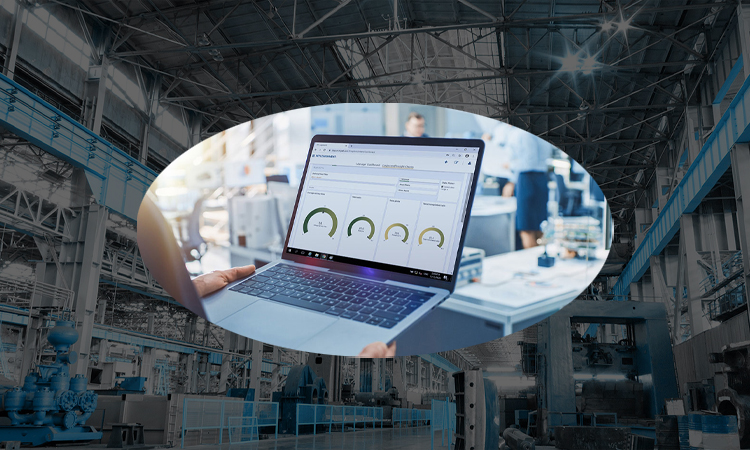
Simply put, smart manufacturing is the process of using data wisely. This data will tell us what needs to be done and when to do it. It combines information technologies such as RFID, sensing technology, and bus communication. Then it uses various sensing technology means to collect this scattered resource information. And then finally by integrating the data from PLM, ERP, SRM, and other systems into the big data center.
The big data platform manages this wide variety of data collected by various technologies. It will integrate this data and store it in the right media. It will also develop perfect management, backup, and recovery strategies. The big data platform will also provide a variety of data mining algorithms. You can mine a lot of valuable data by using it.
If we use traditional data processing methods, it will be very troublesome. Because it often requires a series of complicated processes such as data collection, modeling, and analysis. You can easily take advantage of the opportunity when faced with the need to make analyses and decisions in real-time. For example, real-time inspection of equipment working status data can predict how the quality of the product. By using real-time stream computational analysis methods, you can avoid many non-conforming products.
There are three types of companies that are stakeholders in intelligent manufacturing. People often referred to as “product and control solution providers.” The other call “IT Solution Providers” and “Connectivity Solution Providers.”
- Product and control solution providers: They include companies such as ABB, Honeywell, and others. They are all companies involved in the development of automation products and services.
- IT Solution Providers: These companies help drive the whole concept of IIoT and asset management. They will help you build the architecture for the control, monitoring, and analytics foundation. Some of the more common companies in this category are HP, BM, Microsoft, SAS, and Oracle.
- Connected solution providers: Their presence facilitates the smooth flow of asset management data. The well-known Cisco and Huawei can provide this service.
Smart Industry and Smart Manufacturing Difference
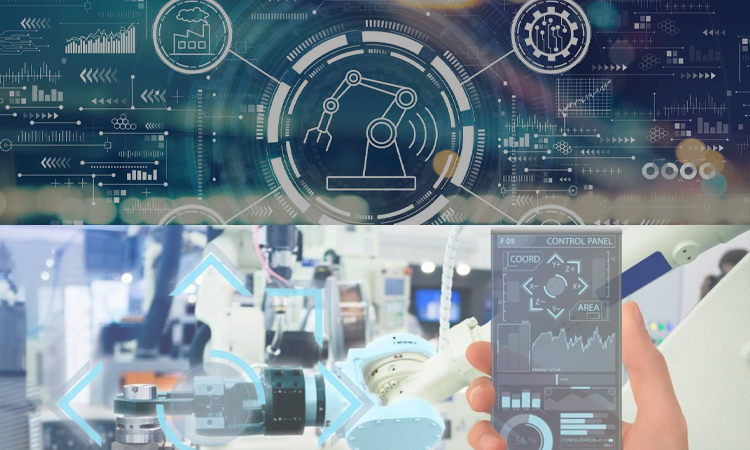
You may think that smart industry and smart manufacturing are the same things. However, this is not true. There is a significant difference between industry and manufacturing. Manufacturing is the manufacture of goods that you will sell. Industry, on the other hand, refers to something much broader. It includes producing goods, related systems, and services within an economy and a particular sector.
Let’s take the example of automobiles. The automotive industry includes automobile manufacturers. However, automobile manufacturing is not the same as the automobile industry. The same is true for both the automotive and other industries. The state is focused on those involved in primary and secondary industries. Examples include manufacturing, mining, supply chain, construction, etc.
So while you can use these industry terms interchangeably, there are differences. This is why people talk about the fourth industrial revolution and not the other way around. The smart factory is synonymous with Industry 4.0, but we would use it more often for specific countries. Most people will refer to Industry 4.0 as the Industrial Internet or the Industrial Internet of Things.
How Does Smart Manufacturing Differ from Traditional Manufacturing Methods?
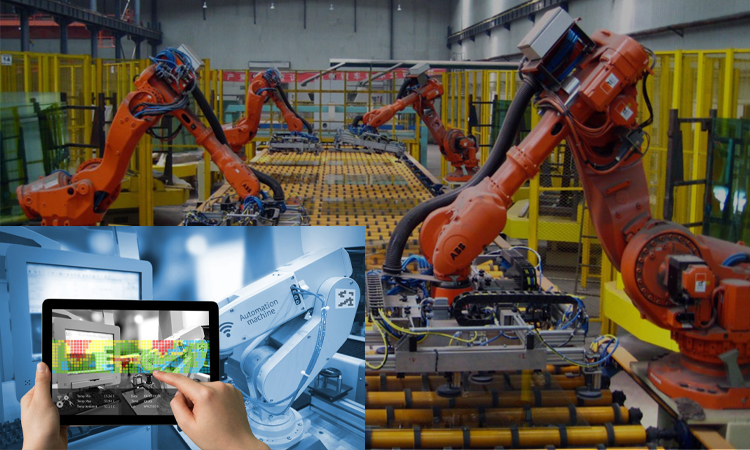
Traditional manufacturing originated in the era of mass production. They focus on economies of scale and the use of machines. The prevailing thought at the time was that idle machines would make them less profitable. Companies had to keep these machines running continuously.
Traditional manufacturing companies have enough inventory. This made it necessary for companies to keep their machines running in a specific setting for as long as possible. This way, they could reduce the cost of manufacturing parts. People at the time called this operation batch and queue processing. Whether people needed the parts or not, they were processed and queued up for the next process.
This method, while seemingly effective, was not. Because:
- Longer machine runs represent more lost production time. Because these machines don’t produce anything when they are down. Overloading also makes maintenance take longer.
- The quality of the products produced may be faulty. If the operator notices that the batch of parts is not manufactured, then there will be problems continuing production. At that point, you will need to complete the job again. This consequence is expensive and takes up many of your valuable resources.
Smart manufacturing is a collaborative and integrated human-machine manufacturing system. It monitors the entire production process in real-time and solves problems as they are identified. It meets the changing conditions and needs of the factory, the supply network, and the customer. Intelligent manufacturing aims to leverage a technology-driven approach to optimize manufacturing. It is reflected in using these machines connected to the Internet to monitor production. Smart manufacturing also has many advantages. It enables companies to use data analytics to improve manufacturing performance and thus gain more profit.
Advantages and Disadvantages of Smart Manufacturing
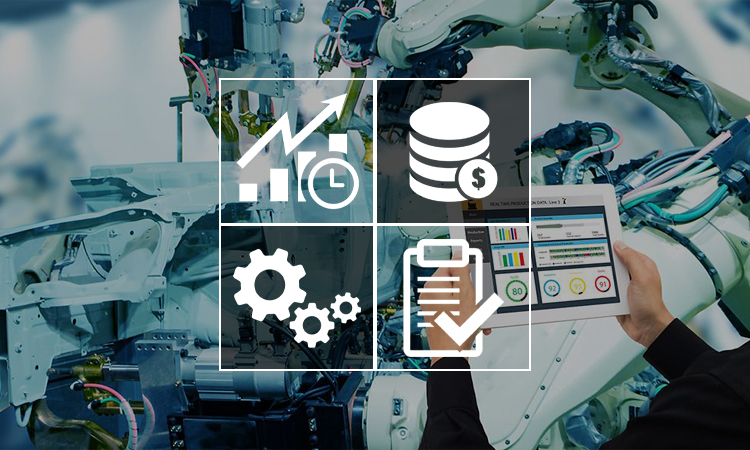
Smart manufacturing provides us with considerable benefits. It can help us improve efficiency, increase productivity and save costs. The productivity of smart factories equipped with several smart devices is increasing. Let’s use the example of an assembly line machine in a factory. If this machine is slowing down production, the AI will notice. The AI system will then try to help you solve the problem. These systems are extremely adaptable and will enable greater flexibility for your company.
It will help you save time from production downtime and thus increase overall efficiency. Modern factory machines are equipped with remote sensors and diagnostics. They send alerts when problems occur to alert operators to come and take a look. Implementing predictive AI technology allows these problems to be identified before they occur. At the same time, it takes immediate action to help you reduce financial costs. These smart factories combine automation and human-machine collaboration to work together. They can significantly improve your operational efficiency.
It will help you reduce errors and provide more accurate reporting. Smart manufacturing automation eliminates the need for a lot of repetitive manual process entry by people. You will reduce many incorrect data events caused by manual entry. It also ensures that they meet the necessary compliance measures. As the incidence of these errors is reduced, the accuracy of the data you can get is greatly improved. More automation can also help you keep track of more data. This not only improves the way data is collected but also provides you with more accurate reports. You can then make more informed decisions from this highly accurate data.
The downside to smart manufacturing is also obvious – the prerequisite cost to implement it is expensive. Most small and medium-sized businesses need help to afford to implement this technology. Not suitable for investment in start-ups and companies with short-term ideas. However, the long-term savings from implementing the technology may outweigh your upfront investment. So the future of the smart factory is promising. Even if you can’t go ahead and implement it now, you need to plan for your future.
Challenges and Opportunities for Smart Manufacturing
While there are many benefits to implementing intelligent manufacturing technologies, there are also some challenges and opportunities that manufacturers need to consider. One challenge is the cost of implementing these technologies. Implementing intelligent manufacturing technologies can be expensive and require a significant upfront investment. However, these costs can be offset by the increased efficiency, accuracy, and competitiveness that smart manufacturing can bring.
Another challenge is the need for skilled workers. Smart manufacturing technologies require workers trained in advanced technologies such as artificial intelligence and robotics. This means manufacturers must invest in training and development to have the right workforce to support their intelligent manufacturing efforts.
Smart Manufacturing and Sustainability
Another opportunity for manufacturers to consider is the role that intelligent manufacturing can play in promoting sustainability. Smart Manufacturing technologies can help manufacturers reduce energy consumption, waste, and greenhouse gas emissions. For example, by using advanced sensors and automation, manufacturers can optimize their energy usage, reduce the number of raw materials used, and recycle or repurpose waste materials more effectively.
By adopting intelligent manufacturing techniques, manufacturers can not only improve their competitiveness but also make a positive contribution to the environment. This can be particularly important for companies looking to meet the growing demand for sustainable and eco-friendly products.
In addition, it is a very complex technology. Poorly designed or unsuitable systems for specific operations may make you less profitable. You need to consider what kind of system is right for your plant.
While the expensive cost of smart manufacturing is a deterrent for many companies. But companies will still go for it. After all, it’s the fruit of manufacturing progress. This seductive fruit will also bring more competitiveness to your business.
General Q&A About Smart Manufacturing
-
How does smart manufacturing work?
Smart manufacturing integrates digital technologies into the manufacturing process to improve communication, collaboration, and decision-making.
-
What technologies are used in smart manufacturing?
Technologies used in smart manufacturing include artificial intelligence, big data analytics, robotics, 3D printing, and the Internet of Things (IoT).
-
How does smart manufacturing impact the environment?
Smart manufacturing can impact the environment by reducing waste, improving energy efficiency, and minimizing the use of hazardous materials.
-
How does smart manufacturing impact the global economy?
Smart manufacturing can impact the global economy by improving the competitiveness of manufacturing industries and enabling greater innovation and productivity.
-
How can small and medium-sized businesses benefit from smart manufacturing?
Small and medium-sized businesses can benefit from smart manufacturing by improving efficiency, reducing waste, and enabling greater customization, which can help them compete more effectively in the marketplace. However, they may need additional support and resources to implement smart manufacturing technologies.







